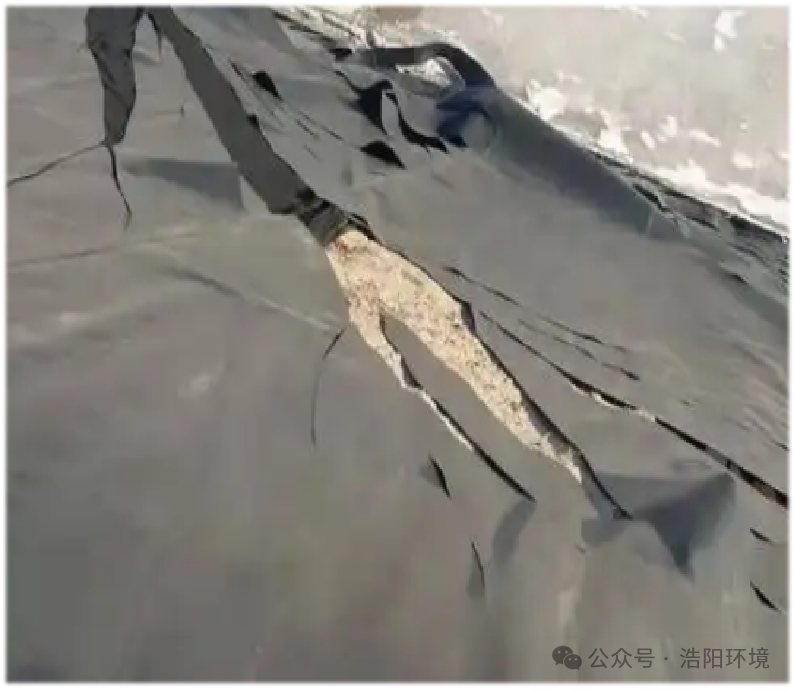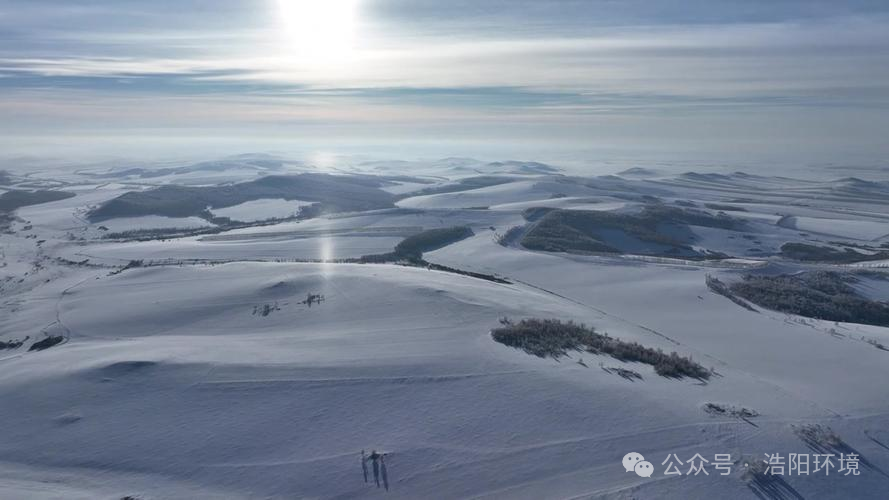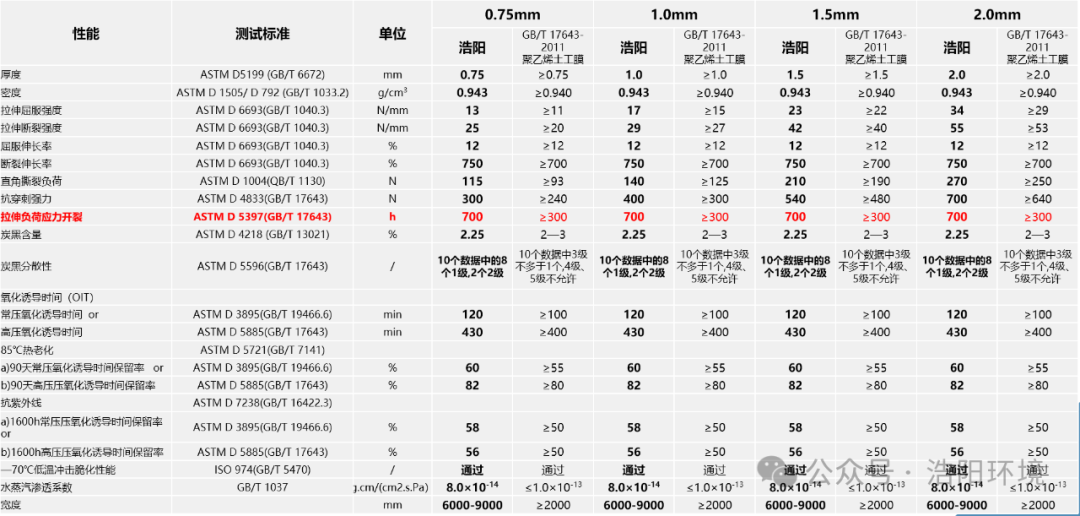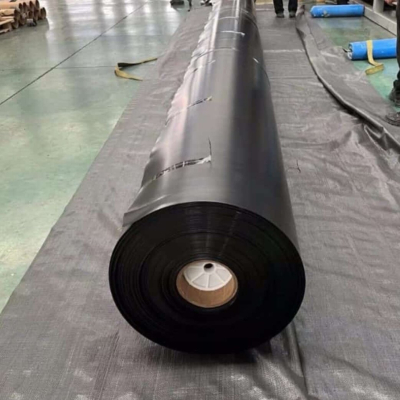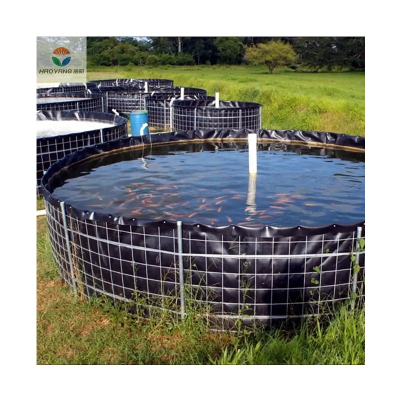“Hao” Product — Specialized Geosynthetic Membrane For Extremely Cold Regions
Special geosynthetic membrane for extreme cold regions
Develop innovative products
Pain points of conventional geosynthetic membrane applications
Low-temperature brittleness problem
Ordinary geomembranes tend to become brittle and crack below -20°C, leading to the failure of anti-seepage. Freeze-thaw cycles cause material aging, shortening the service life by more than 30%.
Poor environmental adaptability
The drastic temperature difference (-70°C to 20°C) causes the material to contract/expand and deform, resulting in poor structural stability. The permafrost layer is highly active, and traditional geomembranes are prone to being punctured or torn.
Low-temperature brittle fracture
Characteristics of geomembranes specifically designed for extremely cold regions
Anti-seepage engineering for high-altitude or regions with extreme temperature variations
01
Extremely long crack resistance life
700h+ NCTL (ASTM D5397 test), the crack propagation resistance is increased by 80%, and the risk of brittle fracture caused by stress concentration in traditional HDPE films is avoided.
02
Full environmental adaptability
It combines UV resistance, acid and alkali resistance, and freeze-thaw resistance. It remains flexible under extreme temperature differences (-30℃ to 40℃), and its service life is extended to over 50 years.
03
Low-temperature flexibility
The highly flexible HDPE geomembrane remains elastic at -30℃, avoiding the cracks caused by the embrittlement of traditional HDPE geomembrane at low temperatures.
04
Weather resistance
It enhances the resistance to ultraviolet rays and aging, and is suitable for anti-seepage projects in areas with extreme cold or significant temperature differences.
Technical indicators


